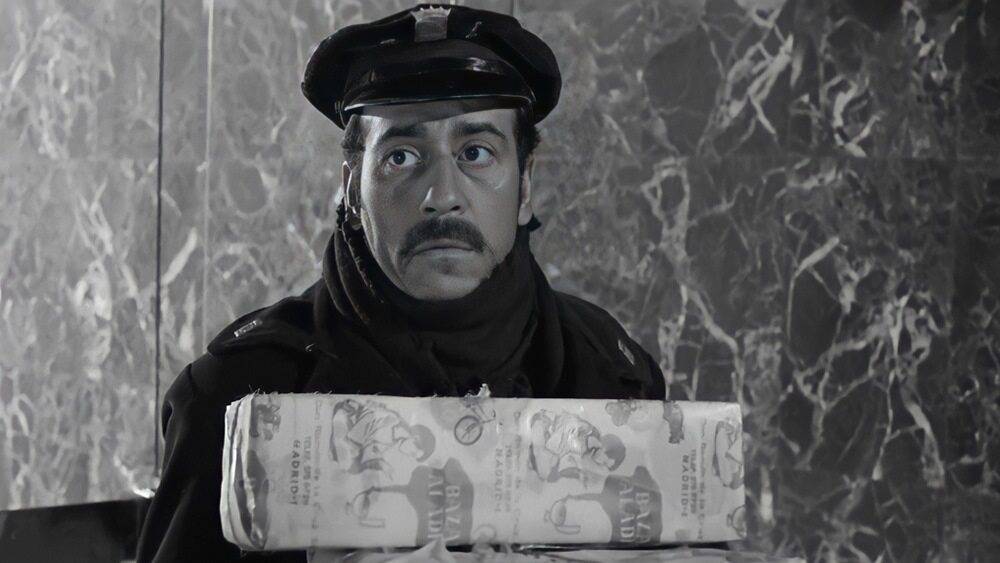
This February, Instituto Cervantes will showcase an online film series “Juan Mariné, Goya de Honor,” to celebrate one of the most valuable contributors to the history of Spanish Cinema. The films will be available for streaming through the Instituto Cervantes channel on Vimeo and will be freely accessible for four days (96 hours) from their start date and time.
The cinematographer and film inventor Juan Mariné Bruguera (born on Dec. 13, 1920, thus he is now 103)—better known as Juan Mariné—has dedicated more than 80 years of his career to cinema, in such a way that his works have managed to capture and develop an essential imagery for Spanish culture in film. Mariné’s efforts in film conservation and restoration vividly represent the importance of light in the history of Spanish cinema.
The series will present four feature films personally chosen by the centenary professional, Mariné, all of which prominently highlight the visual aesthetics woven into the films’ shots. By making use of light and cinematography in the making of a film, the series presents two overarching themes. The first two films make use of black and white imagery in emphasizing the nature of visual aesthetics behind film shots, while the last two films utilizes imagery in cinema to create shots that make supernatural spaces in fictional genres credible.
On Feb. 2, the online film series was officially set in motion with the tension-filled romance of “Orgullo” (1955) as the long withstanding passions of rivalry muddles the budding passion of love. The rural drama, shot in the mountainous landscape of the Picos de Europa, in northern Spain, is a demonstration of Mariné’s ability to photograph an open space reminiscent of the imaginary western. Social realities

The film series continues on Feb. 9, with a comedic relief to the tension in “Un millón en la basura” (1967) as city lights and the Christmas atmosphere bring the audience close to the lives of disadvantaged people in recognizing social realities. The story follows Pepe Martínez, who works in the night cleaning service of Madrid watering the streets. While filled with troubles about eviction during the Christmas season, one night, Pepe finds a wallet in a garbage can filled with bills and it seems like his luck has changed for the better. Link to the movie.
The third film, “El astronauta,” (1970) will be available on Feb. 16, as Mariné’s photographic work takes us away to the stars. Amidst the space fever of the late ’60s, the comedy film sets out with a parody on the infamous moon landing. The film centers around a group of friends in a village in Southern Spain who await the arrival of man on the moon through a bar’s television set. Viewing the feat as unexceptional, the group convinces themselves that they can start the Spanish space race and set out to build the space prototype on nearby land. Link to the film.
The film series will conclude on Feb. 23, with “La grieta” (1991), which ventures into the wonders of science fiction and horror cinema as Mariné works with director Juan Piquer in creating a supernatural stage under the sea. The film sets its stage in the interiors of a submarine, as a Nato mission dives to a crevasse at 15,000-m deep in the Dannekin rift where an experiment seems to have caused strange mutations in the creatures that inhabit it and where a submarine has been lost and which they are seeking to rescue. Link to the film.
The online film series, presented by Instituto Cervantes de Manila in collaboration with the Embassy of Spain in the Philippines, will be in Spanish with English subtitles. Viewing is free.
For further information and updates on the film series, please visit Instituto Cervantes’ website or Instituto Cervantes’ Facebook.

